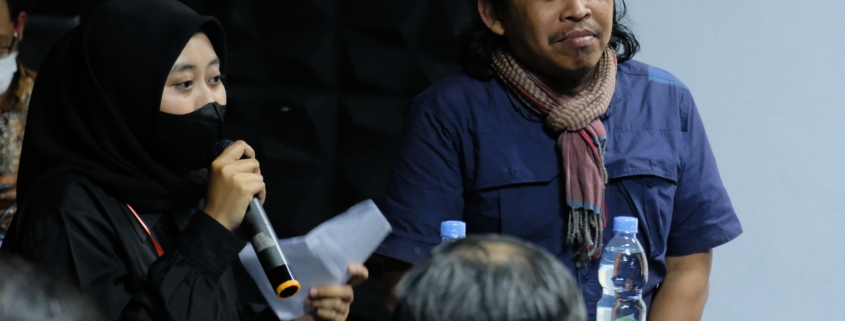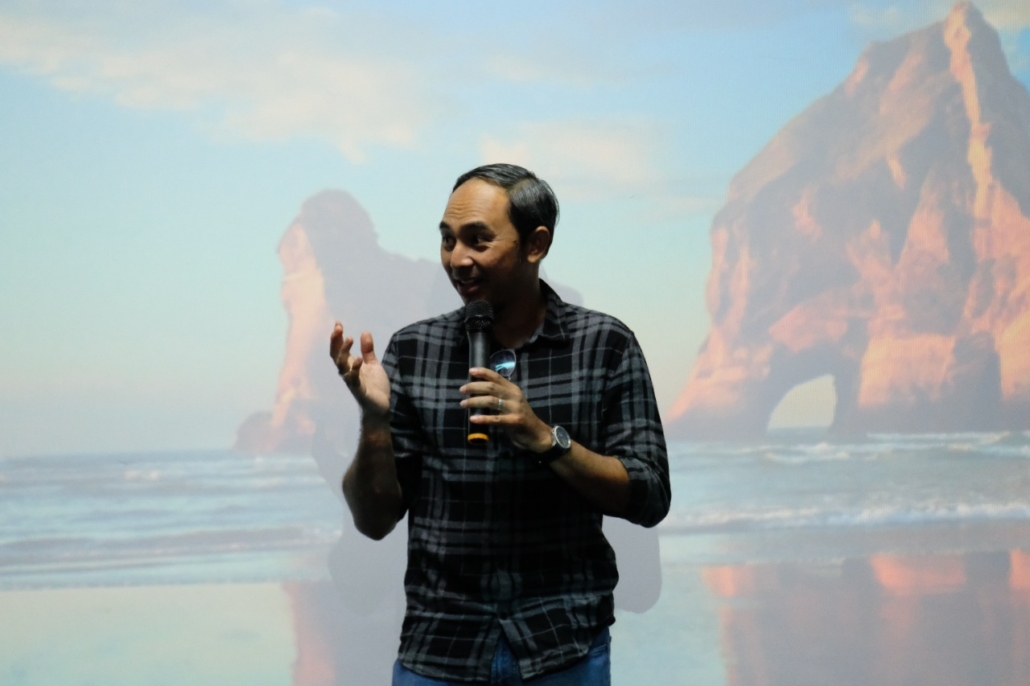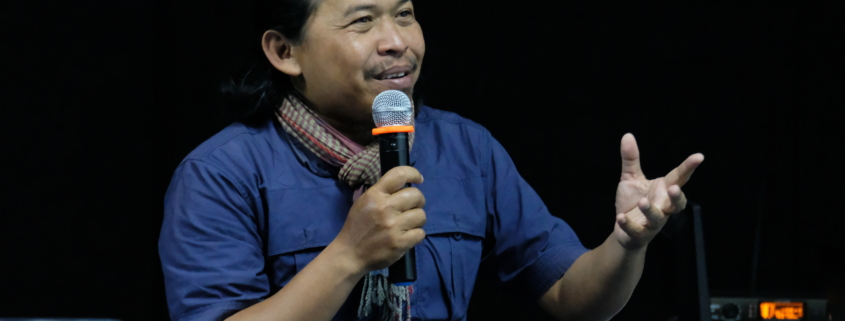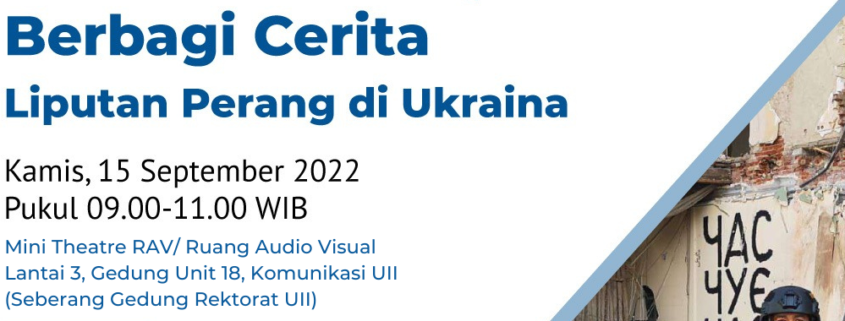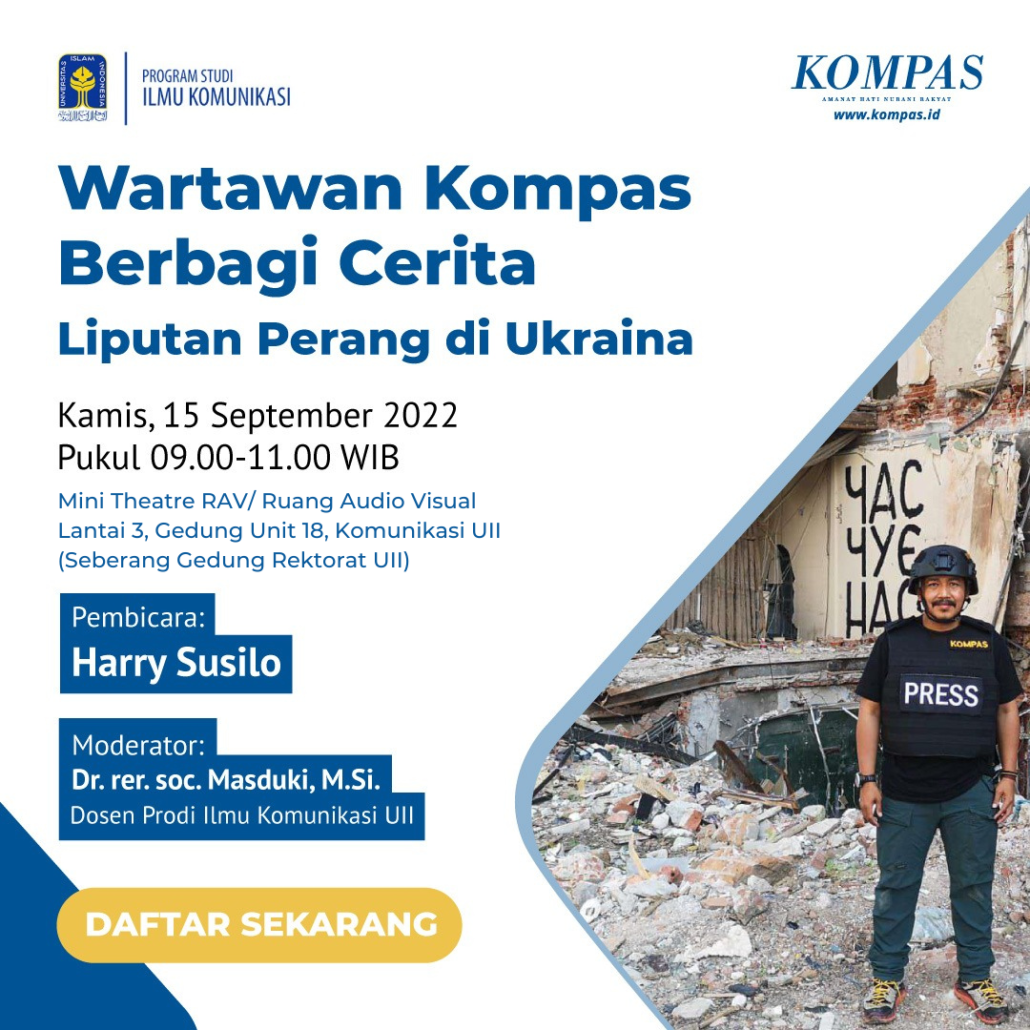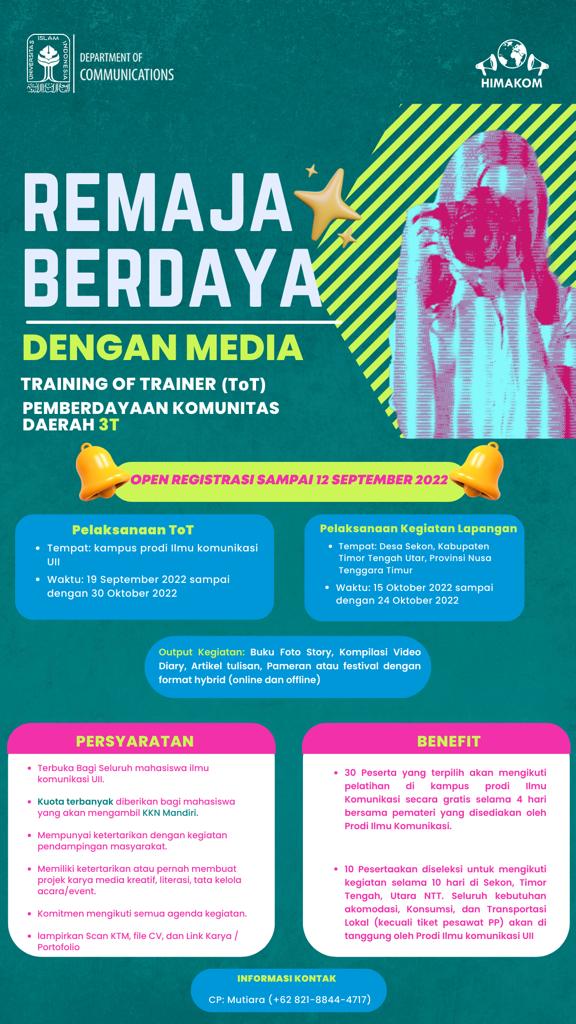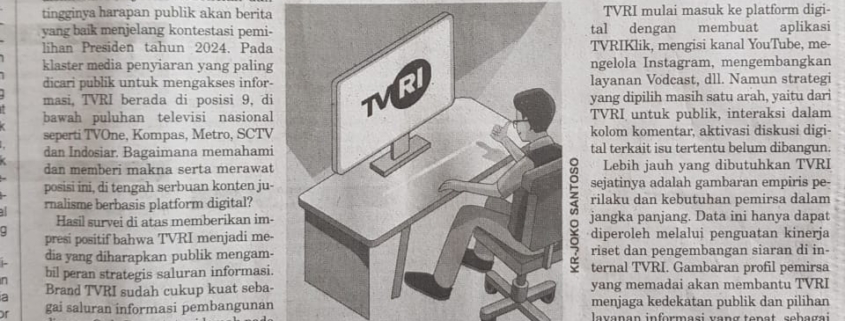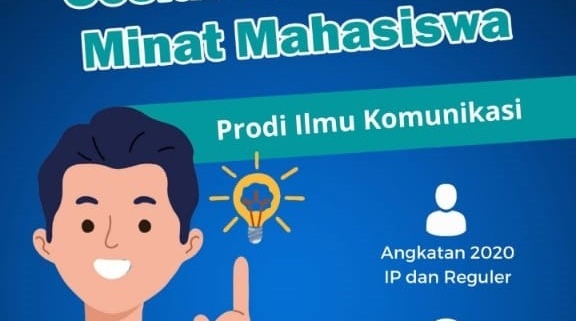The theme of photo stories about Islam is now easier to pick up. In addition to the theme being quite universal, the subjects taken for the subject of the photo story are quite common because the majority of Indonesians are Muslims with various backgrounds. Both male and female students can have no difficulty assembling a story through the shutter and lens of a photo story.
“The growth of Islam in the archipelago is also significant, both in big cities and in villages, making it easier to take Islamic issues in photos story,” said Boy T. Harjanto, a photographer from EPA (European Press Agency) Photo, which became the main speaker in the Discussion and Photo Exhibition of Doc-Camp 2022 stories in collaboration with the Nadim Communication Center for Alternative Media Studies and Documentation UII and Klik18. Boy sees photo exhibitions with Islamic themes that are currently very easy to take because they are also abundant in variety besides being universal.
On this occasion, on September 20, 2022, Boy was appointed by the Doc-Camp 2022 committee to be the reviewer of 12 photographic works of photographers from UII students. Nizli Nailunni’mah the moderator of this evening’s discussions said, all photographers are here and share their experience of making the photo stories. Many of them face obstacles while taking pictures, particularly a refusal from the subject. According to Boy, from the photography aspect, the 7 themes of the photo stories from the early Doc-Camp participants had the opportunity to find momentum and photo events to be more flexible and explore photos more. “The 2019 Doc-Camp participants have quite a bit of time, so it is possible for the participants to produce better photo repetitions than the 2022 Doc-Camp participants,” said Boy judging from the photographic aspect.
Meanwhile, Doc-Camp 2022 participants experienced limited time, and the tight schedule of lectures and campus committees made it difficult for them to take photos again. Although the hunting period is also entering the exam holiday period, not every team has the opportunity to take photos again, so it is difficult to get better photos.
According to Boy, the photos from participants’ stories, in terms of taking photos, the basic technique of taking photos is quite good, “although there are still some technical errors, such as lack of focus and under and overexposure,” added Boy.
Dozens of participants attended this discussion. Both from the student community and clubs at UII to several photo communities and photo lovers from outside UII. In addition to discussions, a photo exhibition has also been held from 20-23 September 2022 with 12 photo themes and more than 150 photo frames exhibited at the UII Library with the Kimpulan Temple as the background. Visitors to the photo exhibition recorded more than 300 participants from inside and outside UII, such as Unriyo Yogyakarta, Fotka, Lens Club Sanata Dharma, Semarang student photo community, and others.
(Featured Photo by Nabiel Marazieq and Galih Abimanyu: featuring Nizli as the moderator (left) and Boy as the speaker (right))

A Souvenir was given to Our Keynote Speaker, Boy Harjanto (Left), by Naufal Syahrofi (right), The Head of the Committee of this Discussion and Photo Exhibition on 20 September 2022 (Photo by Desyatri Parawahyu)

